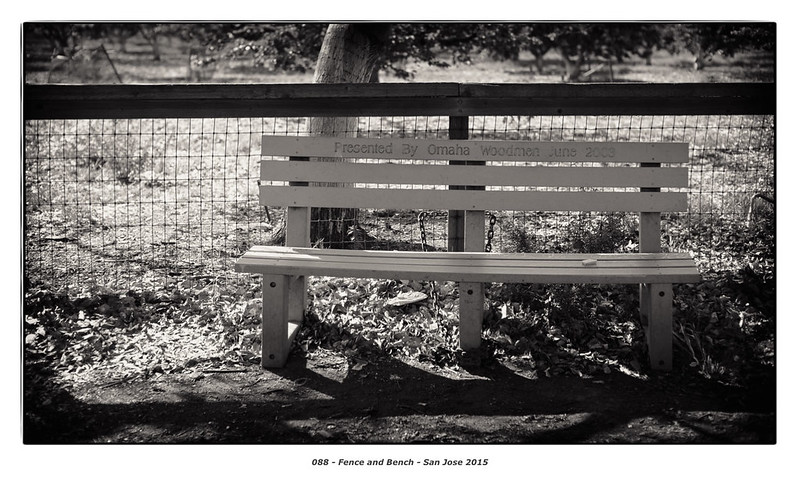scott kirkpatrick
Well-known member
I keep files by date and general type. I have the Leicas sorted by first number of the file. They go L1xxyyyy for the M8 (it's still alive) up to L7xxyyyy for the second M240. Olympus files don't let me do this, but at least i store the different models in different folders. It is annoying that the Olympus files start with the month and day (no year), so I will have a chance of same filename occurring in two folders. I keep galleries around by trip or event to find old stuff by inspection. Too lazy to keyword, so what good would catalogs do me?If I had multiple, identical cameras, I might do that kind of thing. Normally, though, I'm pretty uninterested in which camera produced what image, and only marginally interested in what lens or exposure was used most of the time. It's useful when testing equipment and tracking usage, but I don't need to do that any more.
G
scott
Last edited:

